Top 10 Best Indian Fashion Designers In 2022
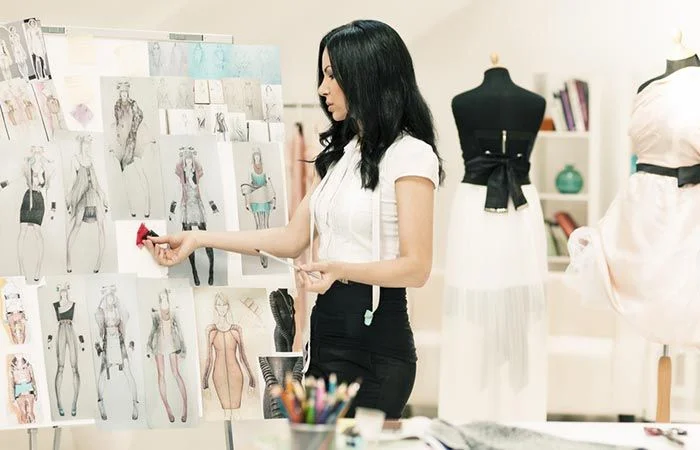
Top 10 Best Indian Fashion Designers In 2022
Fashion designers occupy a unique position in our society. Their talent and vision impact how people seem and the cultural and social milieu. They enjoy researching fashion trends, sketching patterns, selecting materials, and participating in all parts of the manufacturing of their designs. They help create millions, if not billions, of pieces of apparel and accessories bought by consumers every year.
Designers use tools like marketing and advertising to promote themselves. Some designers promote their collections on the runway and in their retail stores. And some people give their names to other licenced items to broaden their brand identity. Many celebrity fashion designers only develop a small portion of the collections that bear their names.
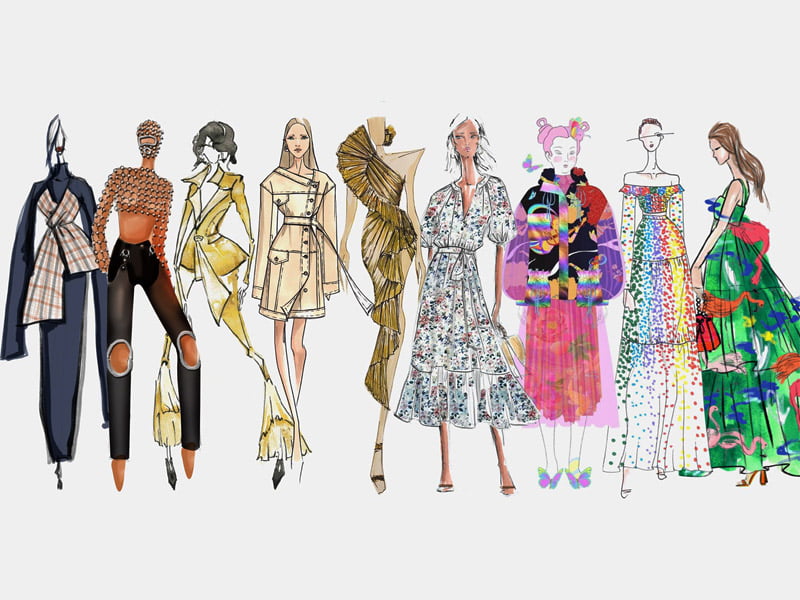
What is the role of a fashion designer?
Fashion designers design women’s, men’s, and children’s clothing. Sportswear, maternity clothing, outerwear, underwear, formalwear, eyeglasses, and footwear are examples. Belts, scarves, hats, wallets, and hosiery are all designed by accessory designers.
From well-known couturiers to obscure fashion designers working for ready-to-wear businesses to fashion stylists who make minor adjustments to current designs, fashion designers work at all levels of the industry.
Fashion designers now use new technologies like body scanning for a better bespoke fit and seamless knitting technologies that can make apparel with the push of a button. New technology, resources, and tools will change the face of fashion in the future as the sewing machine did in the past. Fashion designers will create new product lines that include sun protection and other unique features thanks to high-tech materials. New consumer wants and preferences may have less to do with fashion and more to do with function.
From creative concept to total production, the design process can take months. The first stage in producing a design is researching current fashion trends and forecasting future trends. Some fashion designers conduct their research, while others rely on trend reports produced by trade associations in the fashion industry.
Trend reports tell you what styles, colours, and materials will be popular shortly for a specific season. Textile manufacturers use trends to create fabrics and patterns, while fashion designers start sketching designs. Designers then go to fabric producers or trade events to collect fabric samples and decide which textiles to employ with which patterns.
A fashion designer is involved in almost every element of the fashion industry. Design can be created in a variety of ways. It ranges from creating storyboards using sketches to working with a dummy and sewing fabric pieces together. The designer’s vision, which has been swirling in their mind’s eye, gets translated into a visual expression during this phase. The designer works on the first draft of the concept while creating the first basic prototype.
Computer-aided design (CAD) is becoming increasingly growing in the fashion sector. Although most designers begin by sketching designs by hand, an increasing percentage of them transfer these sketches to the computer. CAD allows designers to view garment designs on virtual models in many colours and shapes, saving time by requiring fewer revisions afterwards.
The fashion designer’s next step is to construct a specific working pattern based on the rough sketch or model. Typically, the designer will create a toile as a rudimentary design model. This is built by stitching a rough design model out of inexpensive cloth. The designer can visualise how the fabric will drape or hang on a human shape when placed on a mannequin-like dress stand.
Large design companies hire patternmakers, tailors, and sewers to generate master patterns and prototypes. Designers working in small design companies or those new to the field usually perform the technical pattern-making and sewing chores in addition to designing the outfits. After the design is completed, the designer will either edit, scrap, or approve it for inclusion in a collection.
A fashion designer has complete control over a fashion show, including selecting models, choosing the price of each outfit, and arranging how the garments are displayed. Most designers employ employees to assist them with several tiny details, but the designer retains complete control.
The Indian fashion sector has seen tremendous growth in recent years. They have built a global footprint for our fashion, which is no longer limited to India. Whether it’s their local Lakme Fashion Week or the global Dubai or Paris Fashion Weeks, they’ve set the bar high.
They refer to celebrities as fashionistas, but have you ever wondered who is behind these fashionistas and their global fame? Many fashion designers work long and hard hours to create each masterpiece our favourite celebrities wear.
As fashion fans, we should know who has influenced the Indian fashion sector and who is bringing Indian handicrafts and textiles into the limelight around the world. Starting with the following sentence, we’ve produced a list of India’s Top 10 fashion designers just for you.
Top 10 Best Indian Fashion Designers In 2022
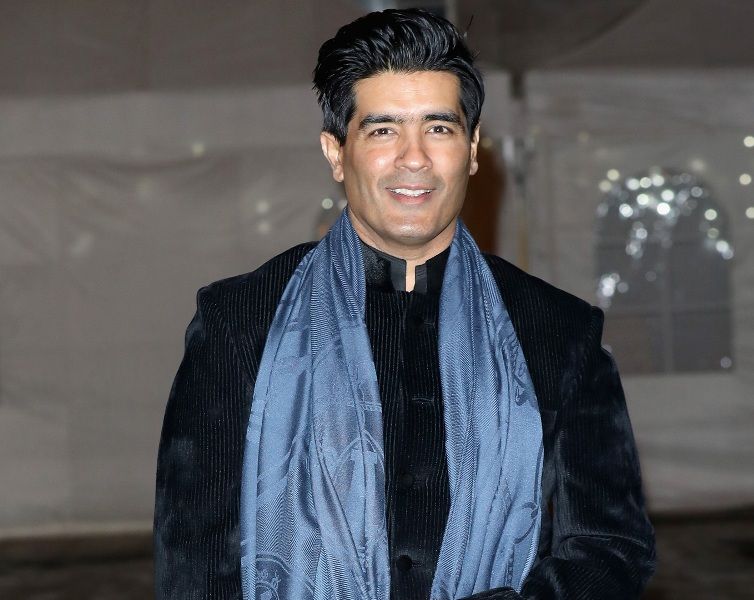
1. Manish Malhotra
Manish Malhotra (born December 5, 1966) is a Mumbai-based Indian fashion designer, couturier, costume stylist, entrepreneur, filmmaker, and revivalist.
Manish Malhotra, the founder of the namesake company, has spent the last three decades immersed in the worlds of fashion and movies. He has styled and designed thousands of films and has received countless honours. He is credited with redefining and modernising the look of Indian actors and reviving some of the country’s long-forgotten crafts.
Manish rose to fame as the recipient of many honours for his hard work in Bollywood, Telugu, Tamil, Hollywood, television, and the fashion sector. Manish Malhotra became well-known for his perspective on the importance of clothes in films. He was primarily involved in the narration and script reading process to produce film costumes.
He was awarded the Priyadarshini Memorial Award for his contributions to the fashion business. In 1996, Filmfare established the ‘best costume design’ award to honour Manish Malhotra for his styling and design work in the 1995 film ‘Rangeela.’
Manish Malhotra Beauty, Manish Malhotra Jewellery, a Film Production firm, and Manish Malhotra Home Decor have all been launched since 2018.
Manish Malhotra’s areas of innovation cover the broad spheres of cinema, design, style, diffusion, classic wedding couture, jewellery, beauty and film director.
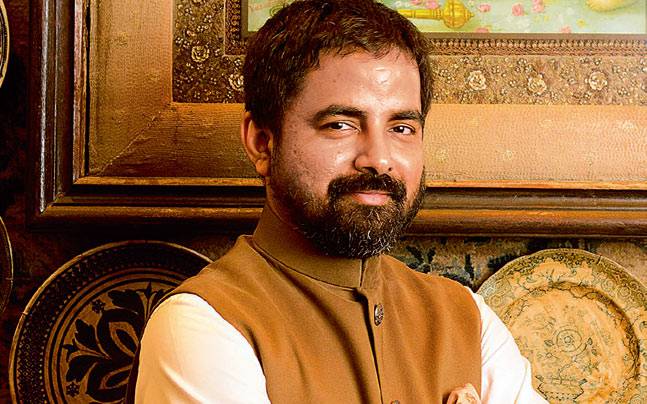
2. Sabyasachi Mukherjee
Sabyasachi Mukherjee (born February 23, 1974) is a Kolkata-based Indian fashion designer, jewellery designer, retailer, and couturier. He has been selling designer goods under the Sabyasachi label since 1999. Mukherjee is the National Museum of Indian Cinema’s youngest board member and one of the Fashion Design Council of India’s Associate Designer Members. He designed costumes for Bollywood films such as Guzaarish, Baabul, Laaga Chunari Mein Daag, Raavan, and English Vinglish.
The designer made his cinematic debut by designing costumes for Sanjay Leela Bhansali’s historic film Black. He received critical praise and a National Award for best costume designer for a feature film in 2005. Since then, he’s worked on films including Baabul, Laaga Chunari Mein Daag, Raavan, Guzaarish, Paa, No One Killed Jessica, and English Vinglish.
Sabyasachi had an appearance on the NDTV Goodtimes show Band Baja Bride in 2012.
Sabyasachi designed the complete trousseau collection for Bollywood diva Vidya Balan’s wedding, which included roughly 18 hand-crafted sarees for which he obtained the silk from Chennai. While serving on the competition jury panel at Cannes 2013, Vidya Balan wore seven costumes for public appearances.
On December 11, 2017, Anushka Sharma wore a pale pink lehenga at their high-profile wedding, and Virat Kohli wore an ivory raw silk sherwani created by Sabyasachi. On November 14, 2018, Deepika Padukone wore a red lehenga, and Ranveer Singh wore a red raw silk sherwani made by Sabyasachi.
Nick Jonas and Priyanka Chopra chose their custom suits for their second wedding. Chopra looked gorgeous in a blood-red lehenga with hand-cut organza flowers, silk floss French knots, and Siam-red crystals. This legendary detailed appearance took 110 embroiderers in Calcutta 3,720 hours to complete.
Samantha Akkineni, Rani Mukerji, Sridevi, Tabu, Shabana Azmi, Aishwarya Rai Bachchan, Anushka Sharma, Deepika Padukone, Priyanka Chopra, Shraddha Kapoor, Shraddha Kapoor, Sushmita Sen, Radhika Pandit, Nita Dalal Ambani, Isha Ambani Piramal, Shloka Mehta Amban
Internationally, Renée Zellweger and Reese Witherspoon have worn the label.
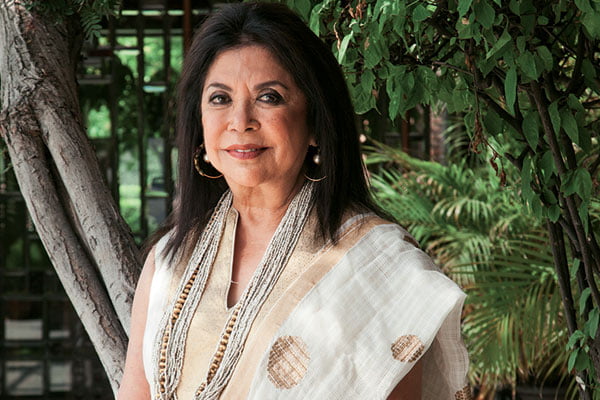
3. Ritu Kumar
Ritu Kumar is a well-versed designer in art history, musicology, and design. She has resurrected Indian traditional handicrafts and turned them into beautiful garments. Ritu Kumar has been instrumental in bridging the gap between traditionalism and modernism.
She was honoured with the Padma Shri in 2013 for her achievements in Indian fashion and the Achievement Award at the L’oreal Paris Femina Women’s Awards in 2012.
Kumar started her apparel company with two small tables and hand-block printing processes in Kolkata. She began her career in the 1960s and 1970s with bridal wear and gowns, gradually expanding into the international market during the next two decades. Kumar’s company has launched stores in Paris, London, New York and India. In 1999, the London branch closed after three years. Her company had the highest yearly turnover of any Indian fashion retailer, estimated to be approximately $10 billion.
In 2002, she and her son Amrish collaborated to establish the “Label” collection. Kumar talks about her career in-depth in a recent interview with the Harvard Business School’s Creating Emerging Markets initiative, starting with how she broke into the Paris and New York fashion houses and department stores in the 1970s.
Kumar focuses on natural materials and traditional printing and weaving techniques in his designs. She’s included Western influences in her work, but she’s stuck chiefly to conventional sari designs. Princess Diana, Priyanka Chopra, Lara Dutta, Deepika Padukone, Madhuri Dixit Nene, Madhur Jaffrey, Kalki Koechlin, Dia Mirza, Soha Ali Khan, and Jemima Goldsmith have all worn her designs.
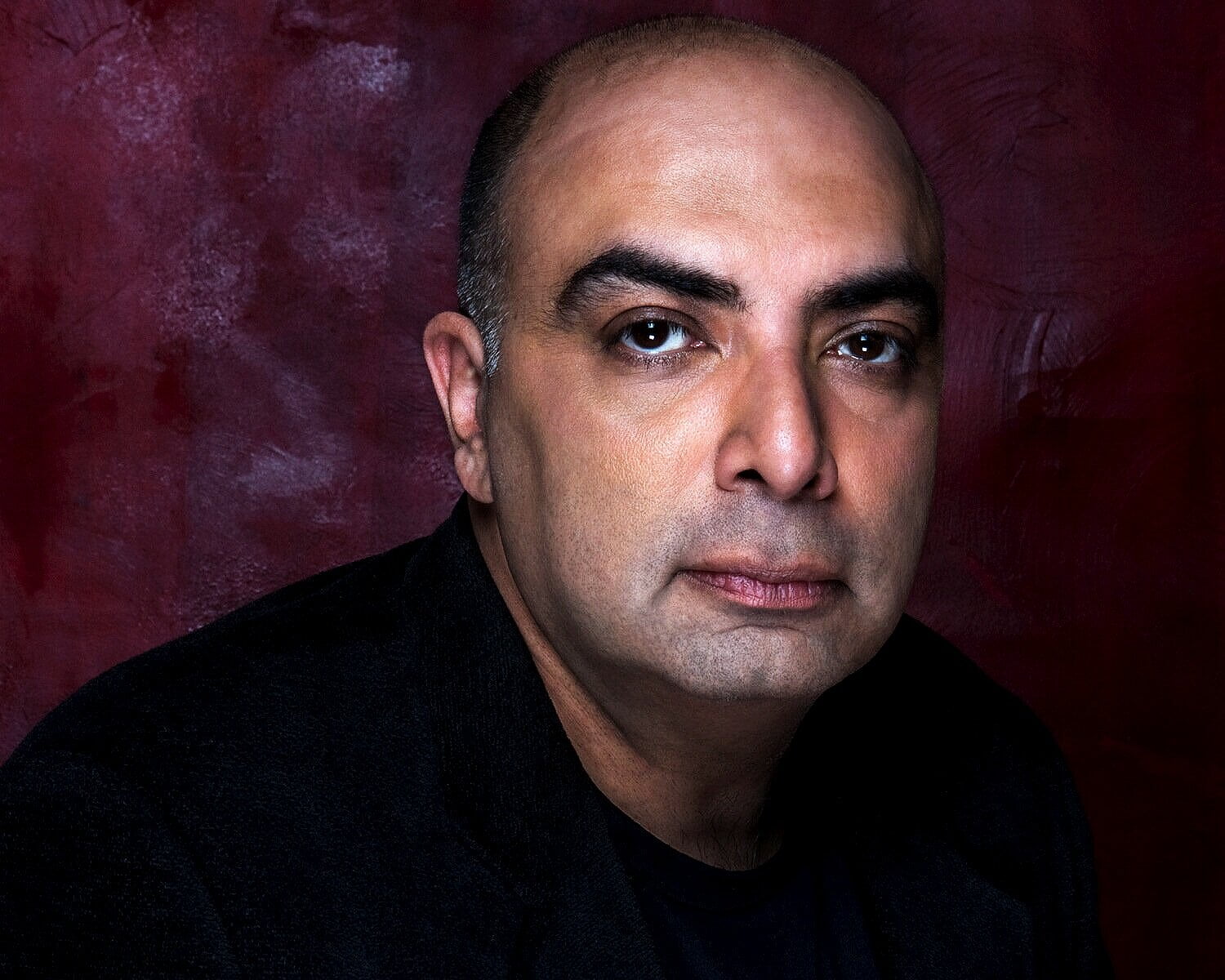
4. Tarun Tahiliani
Tarun Tahiliani is a well-known fashion designer in India. He co-founded Ensemble, India’s first multi-designer store, with his wife Sailaja ‘Sal’ Tahiliani in 1987 and Tahiliani Design studio in 1990. He is most renowned for combining Indian workmanship and textile tradition with fitted silhouettes and is based in Delhi. His unique style is a mix of traditional and modern elements. He became well-known for his bridal apparel throughout time.
Tahiliani has recently taken on many interior design projects. He’s worked on interiors for hotels, restaurants, resorts, and private residences, and he’s even dabbled in event planning for Indian weddings.
Tahiliani was born and raised in Mumbai as a sizeable Sindhi family. Because his father, Admiral R H Tahiliani, was a member of the Indian Navy, his family, including sister Tina Tahiliani, was stationed around India. After attending Campion School in Mumbai, his father was moved to Delhi during his adolescence.
He attended The Doon School, a boarding school in Dehradun, graduating in 1980. He enrolled as an honours student at St. Stephen’s College in Delhi after his education. However, after a year, he left because he didn’t find it hard enough and moved to the US, where he studied for a year at Vassar College in New York before graduating with a degree in Business Management from the Wharton Business School the University of Pennsylvania.
While studying in the United States, he met Sailaja (Sal), an economics student at the University of Pennsylvania and his future wife, through a familiar friend. Soon after his return to India in 1980, they married. Sal, who grew up in New York, had a brief modelling career, even modelling for Pierre Cardin, before becoming the head of Tahiliani’s retail operations.
When he returned to India, he first went to work for his family’s oil-field equipment company. With the support of designer Rohit Khosla, he and Sailaja eventually built the first multi-designer store in India, ‘Ensemble,’ in Mumbai in 1987. The collection included pieces by five designers: Abu Jani & Sandeep Khosla, Rohit Khosla, Anuradha Mafatlal, American fashion designer Neil Bieff and label Anaya, by Anita Shivdasani and Sunita Kapoor, Anil Kapoor’s wife, and Ahilian, by Anita Shivdasani and Sunita Kapoor.
He had begun sketching by this time, but he was still untrained as a designer, so he enrolled in the Fashion Institute of Technology (FIT) in New York to study design in 1991. Tarun Tahiliani relocated his firm to Delhi after his return. His work was first noted when British heiress Jemima Khan wore one of his outfits to Imran Khan in 1995.
Ensemble now has locations in Mumbai and Delhi, and Tahiliani co-owns the company with his sister Tina Tahiliani Parikh, who joined the company in 1990.
He also collaborated with Save the Children India to lobby the government for a 3% increase in the health budget before the budget was announced.
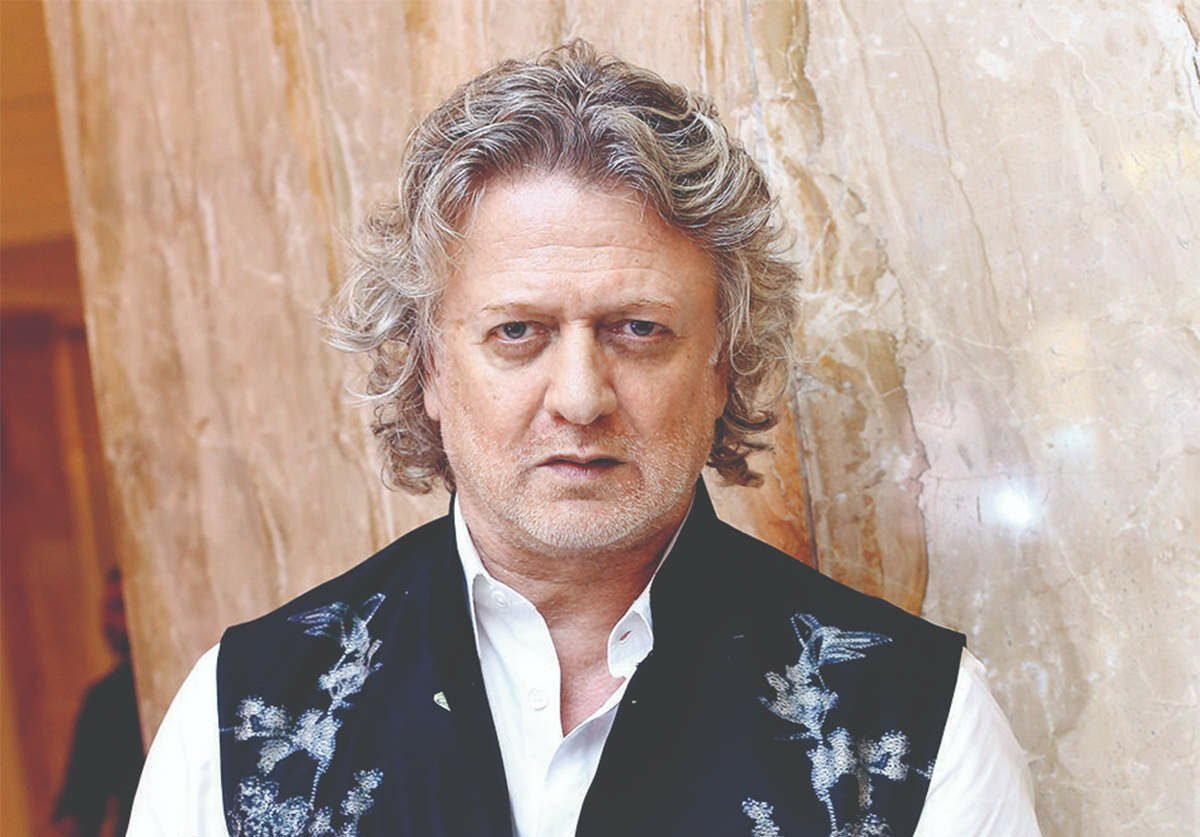
5. Rohit Bal
On May 8, 1961, Rohit Bal was born into a Kashmiri Pandit family in the city of Srinagar in the Kashmir Valley of India’s Jammu and Kashmir state. During the Insurgency in Jammu and Kashmir, he attended Woodlands House School and Burn Hall School in Srinagar before being forced to relocate to New Delhi with his family to attend Delhi Public School, Mathura Road.
Bal then earned a Bachelor’s degree in History from the University of Delhi’s St. Stephens College and went to the National Institute of Fashion Technology (NIFT) in Delhi to study fashion.
In 1986, Rohit Bal co-founded Orchid Oversea Pvt.Ltd with his brother Rajiv Bal in New Delhi, and 1990, he launched his first independent collection.
Bal has outlets in Mumbai, Bangalore, Ahmedabad, Kolkata, Chennai, and a flagship store in Delhi. Bal has also dabbled in the world of jewellery creation. His use of lotus and peacock patterns is well-known. His designs are extravagant and influenced by Indian grandeur and royalty, and he typically includes costly fabrics like velvet and brocade.
Cindy Crawford, Pamela Anderson, Uma Thurman, and some Indian superstars are his overseas clients. Rohit is the brand ambassador of Omega watch.
Bal won the ‘Designer of the Year’ award at the Indian Fashion Awards in 2006. In 2001, he was named “Designer of the Year” at the Kingfisher Fashion Achievement Awards. In 2012, he was named the Lakme Grand Finale Designer. The Rajnigandha Pearls India Fashion Awards jury named him “Iconic Fashion Designer of the Country” in 2020.
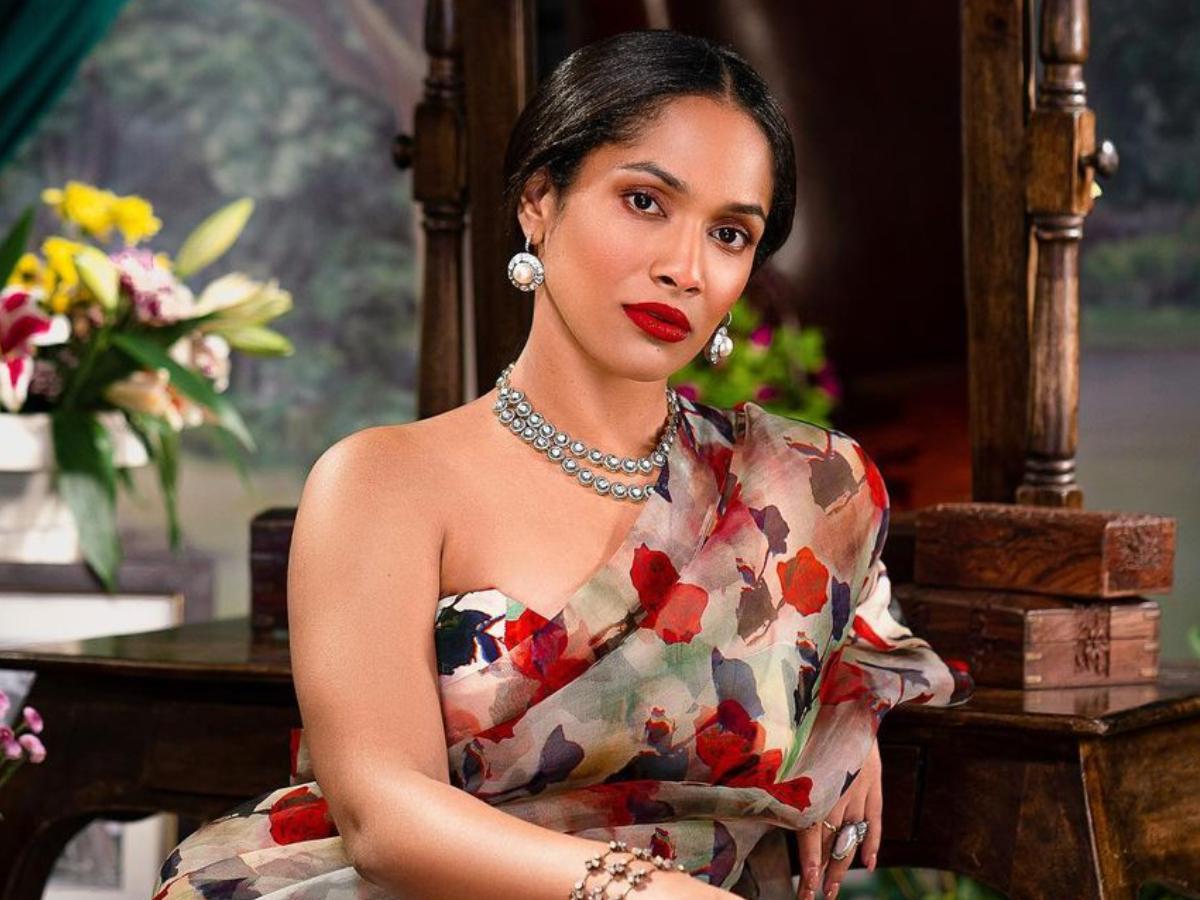
6. Masaba Gupta
Masaba Gupta (born November 2, 1989) is an Indian fashion designer who owns the House of Masaba label. With the help of Wendell Rodricks, Gupta applied for Lakme Fashion Week in Mumbai at the age of 19. Kattran (miniature fragments of fabric) was the name of her debut collection. “Wanderess,” her Lakme Fashion Week 2014 collection, was “inspired by novelist Roman Payne’s doe-eyed gipsy girl heroine, Saskia,” from The Wanderess.
Gupta has been known for giving each collection a unique and beautiful moniker. The design aesthetic of Gupta has been described as a mix of contemporary and traditional, with modernity taking the lead. She specialises in ethnic apparel for ladies, using silk, chiffon, cotton and intricate embroidery work, and is known for her unique prints, feminine drapes, and silhouettes.
Her work has “a particular Indianness in a very modern milieu,” according to the Mumbai daily broadsheet DNA, which cites her “Tamil script sarees and jackets” and how she employs cotton and muslin. Culture Trip, a magazine-style internet publication, called Gupta one of the “Ten finest Indian fashion designers you should know.”
Gupta teamed with Maybelline New York in 2016 to create a clothing collection inspired by the company’s new lipstick line, but the project fell through due to various practical issues.
Masaba Gupta was assigned to represent India in an exhibit including re-designs of Levi’s iconic trucker jacket in 2017. She went with her trademark cow image. A re-design by Justin Timberlake and other celebrities was also featured in the display.
Gupta is regarded with becoming the first Indian designer to hold an Instagram fashion show. She claims that WhatsApp (social media) accounts for almost 60% of her sales.
In 2018, she debuted a hijab-saree line aimed at Muslim ladies who desire to dress in Indian haute couture.
Masaba Masaba, a semi-fictional series in which Gupta and her mother Neena Gupta offer glances of their lives through design and film, was announced on Netflix in 2019.
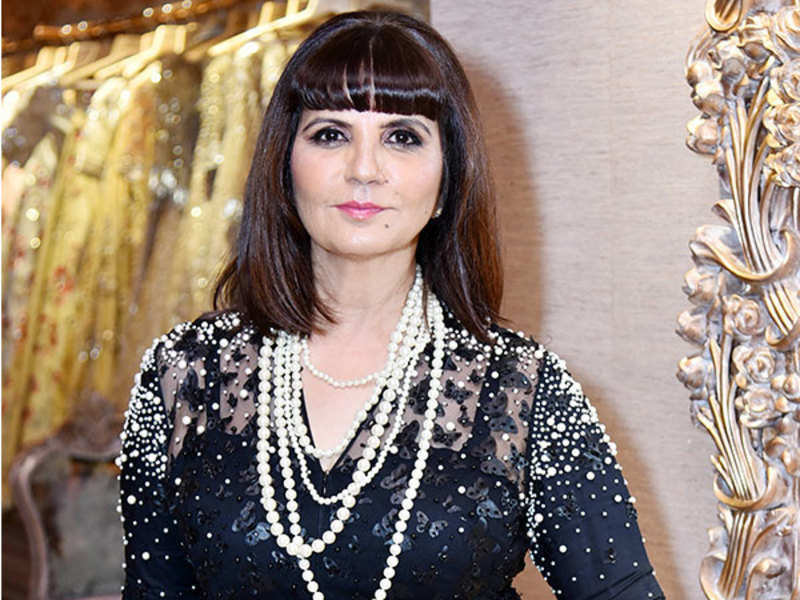
7. Neeta Lulla
Neeta Lulla is a costume designer and fashion stylist from India who has worked on more than 300 films. Since 1985, she has been designing bridal gowns. After actors Aishwarya Rai and Madhuri Dixit wore their costumes in the trend-setting Bollywood film Devdas (2002 Hindi film), her name became inextricably linked with the industry.
Lulla then fully committed to a Bollywood customer base when she created for actor Sapna, well-known in the South Indian Bollywood milieu. Neeta’s designs for actresses Salma Agha and Sridevi followed this triumph.
A dress she designed for Aishwarya Rai’s wedding to Abhishek Bachchan was an amazing work later in her career. Rai’s pearl-encrusted lehenga for her mehendi ceremony and a second garment for her South Indian wedding ceremony were both created by her.
Divya Bharti is the designer’s favourite actress for whom she has designed outfits. Shilpa Shetty, Aishwarya Rai, Sridevi, Sapna, Salma Azad, Isha Koppikar, and Juhi Chawla have all worn Neeta Lulla’s designs. She designed for Dimpy Ganguly, Rahul Mahajan’s bride, thanks to the reality TV show Tahul.
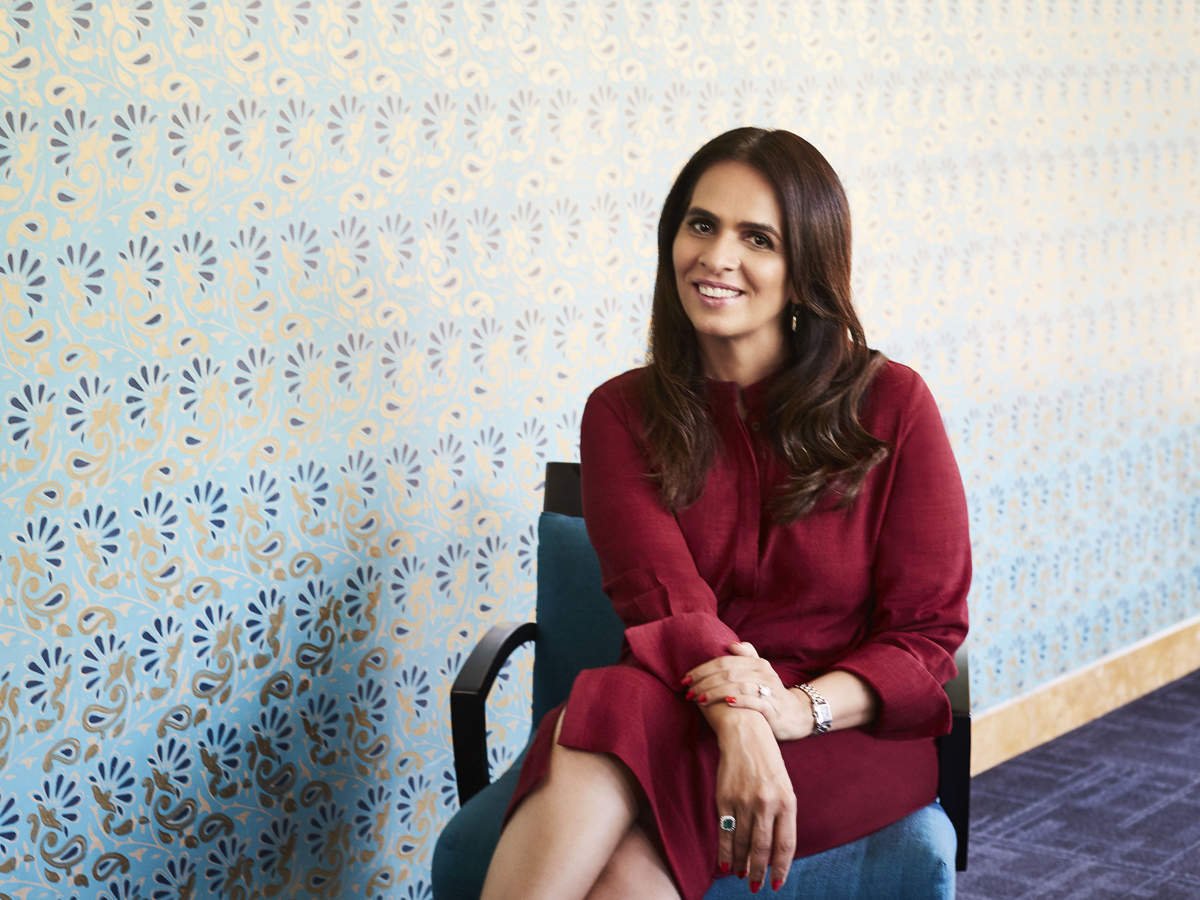
8. Anita Dongre
Anita Dongre is an Indian fashion designer born on October 3, 1963, in Mumbai. She is the founder of the Indian fashion business House of Anita Dongre. When Anita and her five siblings were children, Pushpa Sawlani sewed garments. Later in life, Anita studied fashion design at Mumbai’s SNDT college and earned a degree in fashion design.
Anita Dongre Pink City, which is part of the House of Anita Dongre collection, was launched by Dongre.
AND Designs India Limited changed its name to House of Anita Dongre in 2015. AND (western wear), Global Desi (boho-chic brand inspired by Indian folk tales), and her trademark label ANITA DONGRE is presently housed at the House of Anita Dongre. Anita Dongre Grassroot is the newest addition to her fashion house. Pink City, a jadau fine jewellery brand, is her creation.
As part of its corporate restructuring, the Board of House of Anita Dongre Limited (HOADL) transferred the businesses under its two brands, AND and Global Desi, to a newly formed wholly-owned subsidiary, Ochre and Black Private Limited (OBPL), on March 28, 2019, with an effective date of April 1, 2019. HOADL will manage the business under its two names, Anita Dongre and Grassroot.
Dongre’s brother and sister are in charge of the business’s operations, while she focuses on design. She is the company’s, Chief Creative Officer.
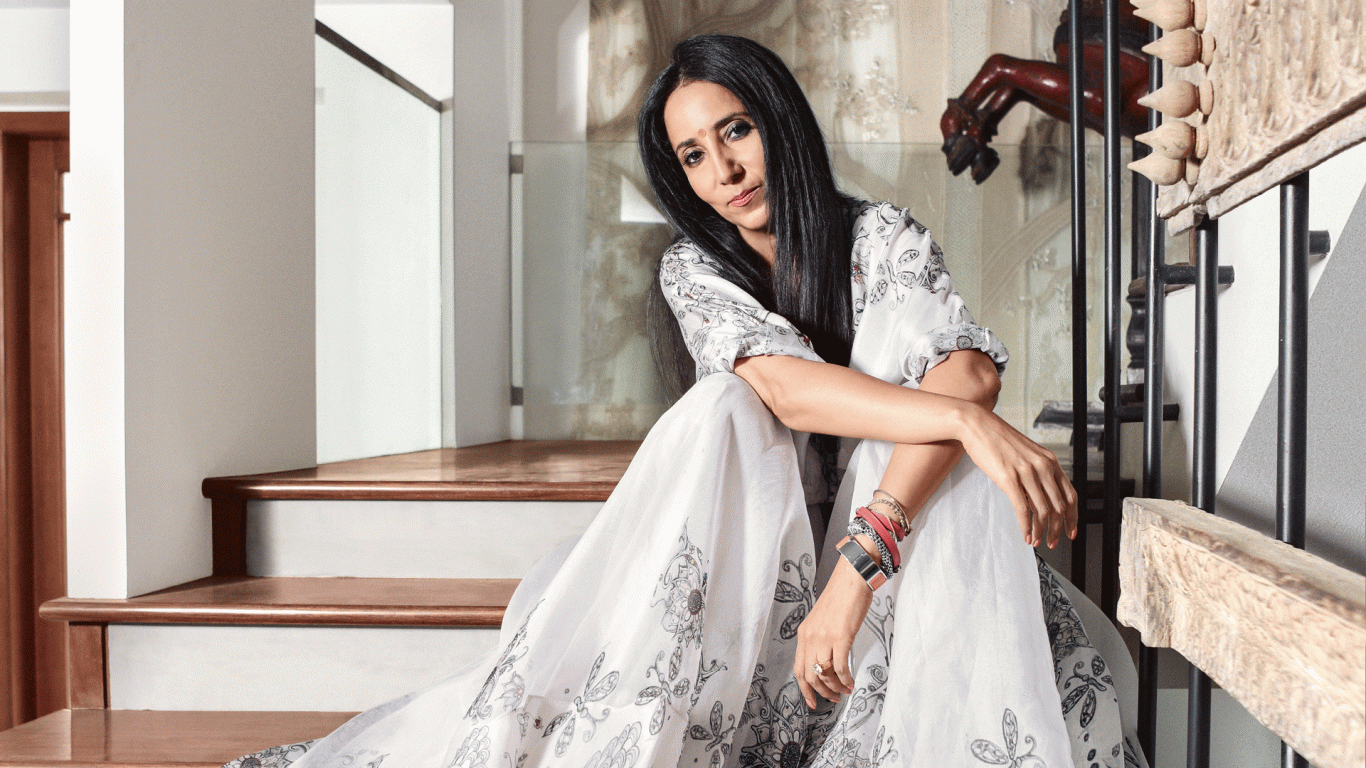
9. Anamika Khanna
Anamika Khanna (born July 19, 1971, in Jodhpur) is an Indian fashion designer who works out of her studio in Kolkata. The Business of Fashion (BOF) featured her as an Indian designer who combined traditional Indian textiles and techniques with Western silhouettes and tailoring. “Ana mika” is her international label, and she is the first Indian designer to have one. Her designs can be found in both online and retail places all around India and the world. Anamika was a classical dancer and painter before entering the fashion industry.
Khanna’s professional career began in 1998. She was asked to present her bridal creations in Pakistan as part of Bridal Asia in 2003. Ana mika, her international line, was created in 2004, and her designs were shown at the Lakme Fashion Week Grand Finale.
In 2005, she participated in London Fashion Week and showed her collection “The Botanist” at Will’s Fashion Wee Spring/Summer edition. She received exclusive contracts from Harrods in London and was featured in Glamour (Paris), Vogue (October 2005 UK edition), and Vogue Best Buy.
She presented her characteristic cowl-shaped outfits that closely resembled Mahatma Gandhi’s dhoti during the HDIL India Couture Week in 2007 and at the Paris Fashion Week in 2008 with Manish Arora. Sonam Kapoor walked the runway for the first time, wearing a golden cowl-shaped gown with zardosi embellishment and a top with Mukesh work. Anamika Khanna took part in the Autumn/Winter edition of Will’s Lifestyle Fashion Week Grand Finale.
Khanna has created collections for Bollywood films, including Mausam, Fashion, Aisha, and Bhaag Milkha Bhaag. She worked as a costume designer for the lead heroine in the 2015 film Prem Ratan Dhan Payo. Simi Garewal’s clothes for her talk programme, ‘Simi Selects: India’s Most Desirable,’ were designed by Khanna.
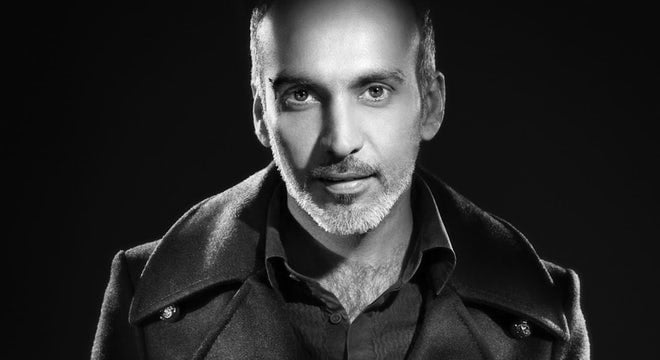
10. Manish Arora
Manish Arora is a New Delhi-based Indian fashion designer. He was appointed creative head of the womenswear collection of the French fashion business Paco Rabanne in early 2011 but left it in May 2012.
Manish was studying when he decided to change careers and applied to the National Institute of Fashion Technology in New Delhi. He received the Best Student Award and graduated in 1994.
Manish founded his label, “Manish Arora,” in 1997 and began selling in India. He attended the first-ever India Fashion Week in New Delhi three years later and represented India at the Hong Kong Fashion Week.
In 2001, Arora founded his second label, “Fish Fry.” This sportswear range was developed by Reebok, a leading athletic equipment manufacturer. Manish Arora Fish Fry, his first flagship store, opened in New Delhi in 2002, followed by a second location in Mumbai. An arrangement with Maria Luisa (Paris) and the start of a profitable export business followed another successful showing at India Fashion Week (2003).
In 2004, he was named Best Women’s Prêt Designer at the first Indian Fashion Awards held in Bombay, and MC2 Diffusion Paris began marketing the export line. In May of the following year, Manish attended Miami Fashion Week, awarded the designer’s choice for Best Collection Award.
In September 2005, he made a successful debut at London Fashion Week, receiving a positive response from the press and buyers. In December 2005, he built a new store in New Delhi’s Lodhi Colony Market. In collaboration with the British Council, India, Arora showed some of his work at the Victoria & Albert Museum in London for an exhibition titled “Global Local.”
Edited and published by Ashlyn Joy






